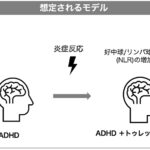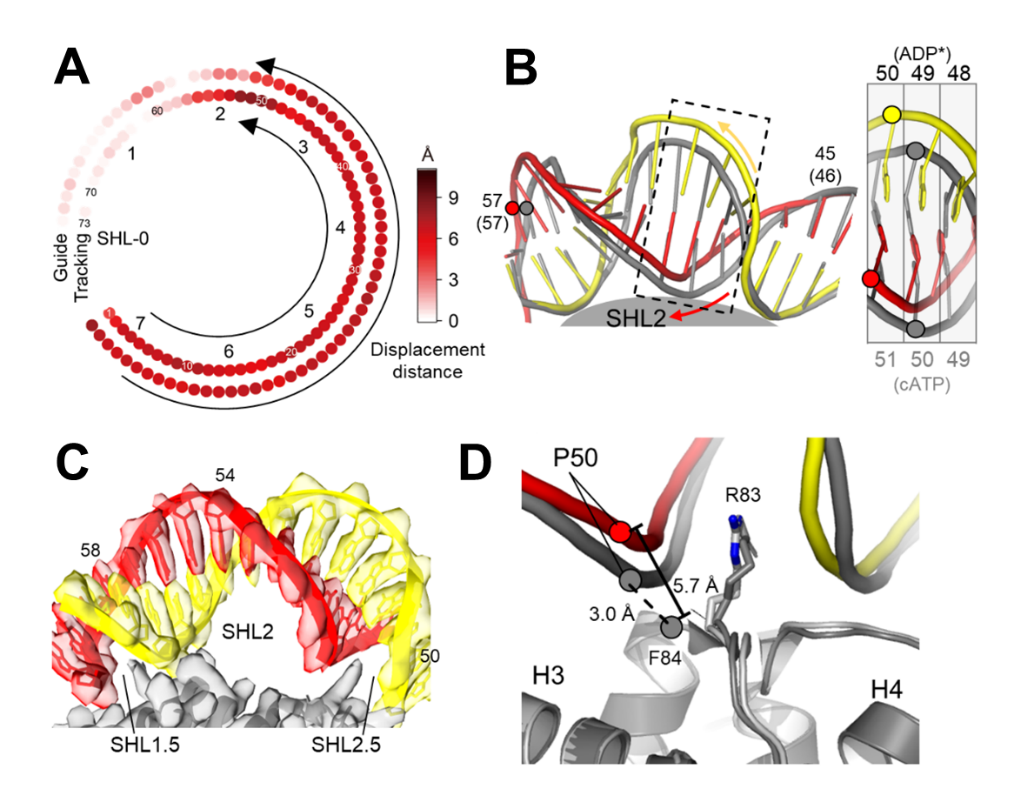2025-04-16 東京大学
<関連情報>
- https://www.u-tokyo.ac.jp/focus/ja/press/z0114_00062.html
- https://www.u-tokyo.ac.jp/content/400262389.pdf
- https://www.sciencedirect.com/science/article/abs/pii/S016777992500085X
灌流可能な中空糸アレイを用いたスケーラブルな組織バイオファブリケーションによる培養肉への応用 Scalable tissue biofabrication via perfusable hollow fiber arrays for cultured meat applications
Minghao Nie Ai Shima, Mikihisa Yamamoto, Shoji Takeuchi
Trends in Biotechnology Available online: 16 April 2025
DOI:https://doi.org/10.1016/j.tibtech.2025.02.022
Graphical abstract

Highlights
- Leak-free perfusion in semipermeable hollow fibers under high pressure boosts cell activity near hollow fibers.
- Microscale fiber uniformity ensures uniform nutrient and oxygen distribution and reduces necrosis in large-scale perfusion cultured tissues.
- Microfabricated anchors promote cell alignment, enhancing the formation of muscle-specific tissue morphology.
- Active perfusion improves protein expression and sarcomere formation in muscle tissue.
- Engineered chicken muscle tissue with active perfusion exhibits enhanced texture and structural integrity.
- Robot-assisted assembly demonstrates scalability for large-scale tissue production.
Technology readiness
The concept of using hollow fiber bioreactors (HFBs) for producing large-scale engineered tissues, such as cultured meat, has been around for some time. However, current systems are limited to producing sparse clumps of cell spheroids rather than functional tissues with consistent morphology on a centimeter scale. A significant challenge lies in the random distribution of hollow fibers, which prevents uniform nutrient delivery and compromises tissue quality. In this study, we introduced a bioreactor with a scalable array of closely arranged hollow fibers featuring microscale distribution uniformity, and successfully demonstrated the production of centimeter-scale tissue with minimal necrosis. This breakthrough underscores the potential of this platform for large-scale tissue manufacturing.
To further advance the technological readiness level (TRL) of our approach, the development of parallel fiber arraying methods is crucial for the efficient large-scale manufacturing of the HFBs. Moreover, from a sustainability standpoint, incorporating recyclable materials and developing edible hollow fibers could enhance both the environmental impact and practicality of this technology. With continued development, this platform has the potential to revolutionize cultured meat production and the biofabrication of large-scale engineered tissues, opening transformative opportunities in cellular agriculture, regenerative medicine, and beyond.
Abstract
Creating perfusable channels within engineered tissues is crucial for the development of large-scale tissues. Unfortunately, existing technologies have not achieved uniformly distributed, perfusable networks on a large scale. To overcome this, we developed a method using a hollow fiber bioreactor (HFB) equipped with an array of closely packed semipermeable hollow fibers that function as artificial circulation systems, ensuring uniform nutrient and oxygen distribution throughout the tissue. Furthermore, the HFB includes microfabricated anchors for promoting cell alignment. When using active perfusion, biofabricated centimeter-scale chicken muscle tissue exhibited an elevated level of marker protein expression and sarcomere formation throughout the tissue, along with improved texture and flavor. In addition, a robotic-assisted fiber threading system was developed to achieve efficient assembly of the HFBs. Future full automation of this approach may revolutionize both the cultured meat industry and the tissue engineering field, which aims to create large-scale, tissue-engineered organs.


